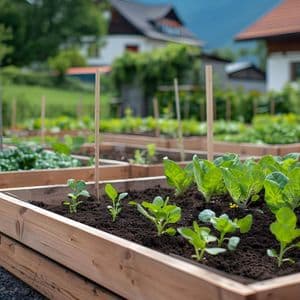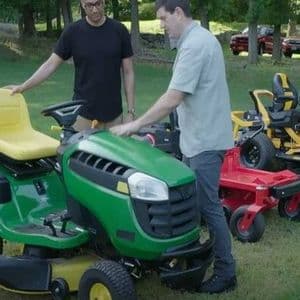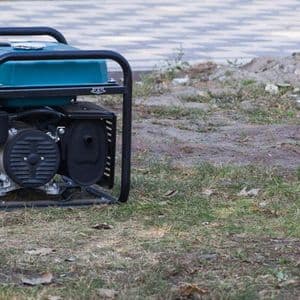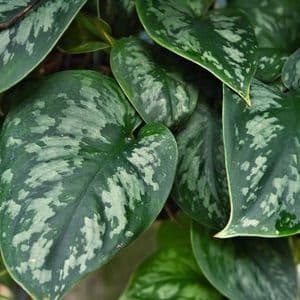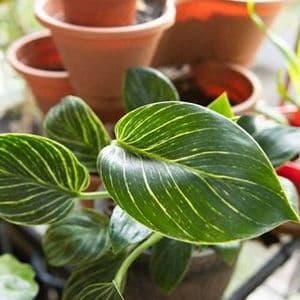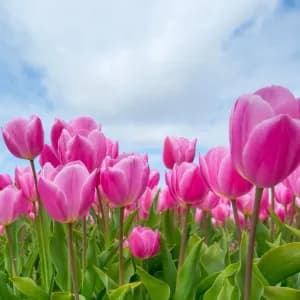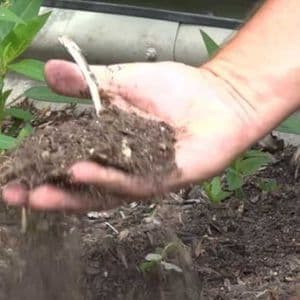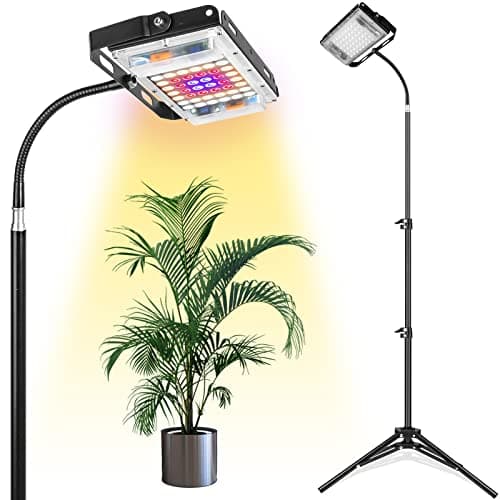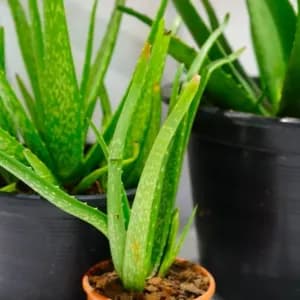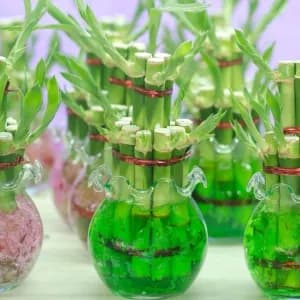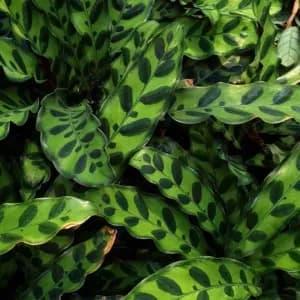Hyacinths are bulbous plants that belong to the asparagus family. They are native to the eastern Mediterranean region, but have been cultivated in Europe and America for centuries. Hyacinths are popular for their sweet scent and attractive clusters of flowers that resemble grapes. They can be grown in pots, containers, or beds and make excellent cut flowers.
Overview
Hyacinths are fragrant, colorful, and easy-to-grow spring bulbs that add beauty and scent to any garden. Here is an overview of how to grow and care for hyacinth
| Common Name |
Hyacinth |
| Botanical Name |
Hyacinthus orientalis |
| Plant Type |
Perennial bulb |
| Sun Exposure |
Full sun to partial shade |
| Mature Size |
6 to 12 inches tall and 3 to 6 inches wide |
| Soil pH |
6.0 to 7.0 (slightly acidic to neutral) |
| Soil Type |
Well-drained, fertile, and moist |
| Flower Color |
Various, including white, pink, purple, blue, yellow, and orange |
| Toxicity |
Toxic to humans and animals [1] if ingested; may cause skin irritation if handled |
Types of Hyacinth
Hyacinth is a genus of spring-blooming perennials with fragrant flowers in various colors. The genus is native to the eastern Mediterranean region, but has been cultivated and naturalized in many parts of the world. There are three species of hyacinth: Hyacinthus litwinovii, Hyacinthus orientalis, and Hyacinthus transcaspicus. However, most of the hyacinths grown in gardens are cultivars of Hyacinthus orientalis, also known as common, Dutch or garden hyacinth. Here are some of the types of hyacinth that you can find:
- Single hyacinths: These are the most popular type of hyacinth, with full heads of starry flowers in a range of colors, such as white, pink, blue, purple, yellow and red. They grow to 8-12 inches tall and have a strong scent. Some examples are Aiolos (white), Delft Blue (soft blue), Carnegie (bright white) and Gipsy Queen (coral).
- Double hyacinths: These have fluffy whorls of petals that give them a ruffled appearance. They are less fragrant than single hyacinths, but more showy. They grow to at least 10 inches tall and come in various colors, such as pink, purple, blue and white. Some examples are Hollyhock (reddish-pink), Blue Eyes (light blue) and Yellow Hammer (pale yellow).
- Multiflora hyacinths: These have multiple flower stems per bulb, producing a profuse display of blooms. They are also known as Roman or French hyacinths. They are shorter than single or double hyacinths, growing to 6-8 inches tall. They have a delicate scent and come in colors like white, pink, blue and purple. Some examples are Blue Festival (purple-blue), Pink Festival (light pink) and White Festival (white).
How to Care for Hyacinth
Temperature and Humidity
In USDA plant hardiness zones 4 to 8, hyacinths should be able to withstand the winter months. Depending on the variety, they could require some pre-chilling in warmer zones and some winter protection in colder zones. Dig up the bulbs and refrigerate them for six to ten weeks somewhere dark and cold before replanting them in areas where winter temperatures are expected to stay over 60 degrees Fahrenheit.
Soil
Although hyacinth bulbs do not care much about the pH of the soil, they do favor a slightly acidic to neutral soil. Additionally, they thrive in loose, well-drained soil; they cannot grow in moist soil. When preparing or amending the soil, be careful not to add too much organic matter because this can result in floppy stalks.
Water
After planting the bulbs, thoroughly water the earth. If there aren't any frequent downpours, keep watering over the winter, but let the ground dry out in between applications. The bulbs will eventually decay if they remain in cool, moist soil. Only water when the ground is completely dry after checking it with your finger in the hole. Typically, depending on your environment, this occurs once or twice every week. Hyacinths typically need about 1/2 inch of water each week from irrigation and rainfall combined. However, how effectively the earth drains will determine this.
Fertilizer
When planting new bulbs, dumping some bulb food into the hole is the simplest way to feed them. For feeding bulbs, there are numerous fertilizers available; 10-10-10 is advised; alternatively, you can use regular bone meal. During planting, give the bulbs a little handful of fertilizer. Then, in the spring, when the first signs of new growth appear, give them another handful of fertilizer. Follow the directions on the product packaging for how much to use.
Light
Hyacinths prefer either full sun or little shade. At least six to eight hours of sunlight should be provided to the plants each day. Hyacinths bud, bloom, and begin to fade before deciduous trees fully leaf out, just like all spring bulbs, so you don't have to be concerned about too much shade from neighboring trees.
How to Grow for Hyacinth
Step 1. Hyacinth bulbs should be planted from late summer to early fall. Plant no later than one month before the first frost. Your bulb requires time to establish itself before the cold weather arrives.
Step 2. Choose a location that receives at least four houses of sunlight per day. Hyacinths thrive in full to partial sun.
Step 3. Check that the soil is loose and loamy. Hyacinth bulbs rot in heavy soils with a lot of moisture. If your soil is heavy, add compost, shredded pine bark, or aged manure to improve drainage.
Step 4. Hyacinth bulbs should be planted at least 4 inches below the surface and 3 inches apart. Grape hyacinth bulbs should be planted at a depth of 2 to 3 inches.
Step 5. Insert the bulb, pointy end up, into the hole. In the spring, the plant's shoots will emerge from the pointy end. Planting the bulb upside down will result in no hyacinths in the spring.
Step 6. Cover with soil and thoroughly water. Although there are no visible signs of life above ground, the bulb will begin to send out roots soon after planting. Only water them if rain is scarce. Hyacinths die from too much moisture.
Step 7. After planting, fertilize the bulbs with bulb food to help them establish and grow strong new roots.
Potting and Repotting Hyacinth
Plastic or clay pots work well for planting in containers as long as they have excellent drainage. The depth of the container should be about 6 inches. How many bulbs you are planting determines the breadth of the container. Hyacinth bulbs planted in pots don't need as much space to spread out as those planted in the ground, so they can be planted closer together. You can close the space between them so that they are practically touching, but allow enough area for some soil to fill it with water. In the event that your bulbs are appropriately spaced, repotting shouldn't be required. Hyacinths can be grown in containers with regular commercial potting soil, though some gardeners prefer to add a little sand to the soil mixture. Till the bulbs sprout, keep the potting soil moist but not drenched. Then, irrigate the soil anytime it becomes dry. Move the bulbs to indirect sunlight once they have sprouted. Cooler temps will prolong their bloom.
Common Pests & Plant Diseases
Hyacinth bulbs are a favorite snack of certain rodents. You can either use commercial rodent deterrents or add a small amount of gravel to the planting hole to provide them with some protection. Interplanting them with daffodils, which rats typically stay away from, is a simpler technique [
2]. Hyacinths are rarely affected by plant diseases, but the bulbs can rot when planted in compacted soil that doesn't drain effectively.
FAQs
1. How long does it take to grow a hyacinth?
You can grow hyacinths from seed in about 4 to 6 weeks. They will grow tall and bloom in about 6 to 8 weeks. They are considered perennial plants and can be grown in soil, water, or sand.
2. What kind of hyacinth should I grow?
Hyacinths can be grown in several varieties, including white, purple, red, pink, blue, yellow, and orange. You can grow them in a variety of conditions, from rock gardens to pots. The most common color is red, although it can also come in blue, pink, purple, and yellow. White hyacinths are rare but can be found in gardens as well.
3. When should I harvest the Hyacinth flowers?
Harvesting the Hyacinth flowers when they are fully mature is not a good idea, as they tend to have a very short shelf life. Also, the flowers only bloom once a year, so you should plan ahead for a year’s worth of harvests.
SOURCES
The New York Garden works under restricted procurement guidelines and relies on peer-reviewed studies and studies conducted by academic organizations. Tertiary references should be avoided. For more information on how we ensure our material is correct and up to date, please visit our editorial policy.


